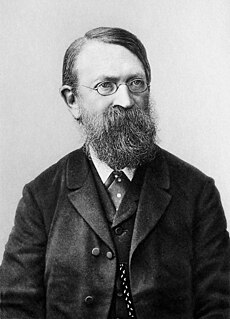
The Mach Conference showcases the state of the art of multiscale research in materials, with an emphasis on advancing the fundamental science and engineering of materials and structures in extreme environments.
Extreme loadings trigger key failure mechanisms at a large range of length and time scales. Furthermore, a given extreme environment such as high rate loading is typically coincident with other extremes, such as high temperature, high pressure, and electromagnetism. This presents a particular challenge to design and fabricate materials for these extreme environments, requiring cutting edge multi-physics and multi-scale investigations and predictions.
With this in mind, the Mach Conference is intended to trigger substantial intellectual discussion about the mechanical behavior of materials and structures in extreme environments. In the spirit of the Materials Genome Initiative, the conference will include discussions of modeling, experiments and processing of materials. In particular, there will be strong interactions between the academic science community and researchers within government agencies, national laboratories and international institutions.
In order to encourage focused and productive discussions, the Conference will follow a unique format blending plenary lectures, panel discussions, a small number of parallel sessions and multiple opportunities for informal interaction. The Conference particularly encourages the participation of graduate students, postdocs and young scientists. A general poster session will be held, with awards presented to the two top-rated graduate student posters.
The Mach Conference and banquet aim to be comfortable events for all attendees. Casual dress and feel is encouraged!
View our list of topics from last year here »

The fundamental approach of the Mach Conference is derived in part from the work of Ernst Mach, a scholar and philosopher who made fundamental contributions to mechanics and wave propagation. We seek to examine ways of breaking the barriers that are imposed by conventional thinking, and in the spirit of Mach, to exceed the conventional limits that the dogma of science tends to impose on our understanding in the area of multiscale research in materials. We must consider these limiting situations in part because the materials of interest are often subjected to extremes, well beyond the boundaries assumed in conventional materials design.
